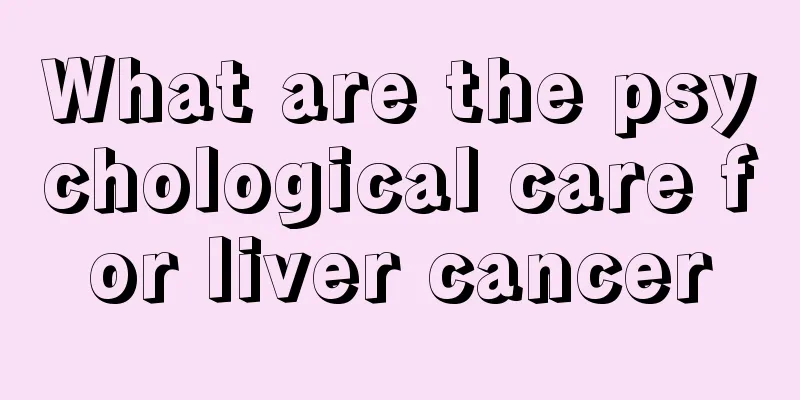What are the drugs that produce platelets

|
Platelets are one of the most important components in human blood. The main function of platelets is coagulation and hemostasis. If the number of platelets is too low, it will easily cause certain diseases in the human body. If the platelet count is too low, you must go to the hospital for treatment in time. There are many drugs that can raise platelets. After taking drugs that raise platelets, the platelets will generally return to normal in about three or four weeks. If there is no effect, you must adjust the treatment drugs in time. Treatment for adults usually starts with oral corticosteroids (e.g., prednisone 1 mg/kg daily). If effective, platelet counts will return to normal within 2 to 6 weeks, and then corticosteroids will be gradually reduced. However, most patients do not respond satisfactorily, or relapse after reducing the dose of adrenal steroids. Splenectomy can relieve 50% to 60% of patients. For patients who are difficult to respond to steroids and splenectomy, the efficacy of other drugs has not been proven. Due to the long course of chronic ITP and the low mortality rate of chronic ITP patients, the pros and cons of treatment methods must still be carefully weighed. The efficacy of synthetic androgens (danazol), or immunosuppressive therapy using azathioprine, vincristine, cyclophosphamide, or cyclosporine is not consistent. For patients with ITP and fatal bleeding, intravenous immunoglobulin (IVIg) can be used, which can inhibit the clearance of antibody-coated platelets by mononuclear macrophages. The IVIg dose is 1g/kg for 1 day or 2 consecutive days. The patient's platelet count can often increase within 2 to 4 days, but only lasts for 2 to 4 weeks. High-dose methylprednisolone 1g/(kg.d) intravenous infusion for 3 days can rapidly increase the platelet count, and the cost is slightly lower than IVIg. Platelets should also be transfused for patients with fatal bleeding. Since glucocorticoids or IVIg may be expected to be effective within a few days, ITP patients should not be transfused with platelets prophylactically. Treatment for children is the opposite of that for adults. The use of corticosteroids or IVIg can quickly restore platelet counts, but it does not improve clinical outcomes. Because most children can spontaneously recover from severe thrombocytopenia within a few days or weeks, supportive therapy alone is sometimes recommended. Splenectomy should be delayed for at least 6 to 12 months in children with chronic ITP who do not respond to corticosteroids or IVIg, because asplenic children are at increased risk of serious infection, and most children can spontaneously resolve even after years of illness. If thrombocytopenia is caused by malnutrition, food therapy will have obvious effect. If it is caused by disease, diet therapy is not very effective, the key is drug treatment. Eating peanut skins, jujubes, and osmanthus can help increase platelets. At the same time, spicy and irritating foods, such as seafood and mutton, should be avoided to avoid inducing bleeding. |
<<: What is the difference between gel water and hairspray?
>>: What are the bisphosphonates?
Recommend
What is the best way to treat high blood pressure?
In recent years, the number of patients with hype...
What is stage 3 lymphoma like
Many diseases in life are related to some bad liv...
What powder is good and won’t remove makeup
You should choose according to your skin type. Th...
5 risk factors for ovarian cancer
Ovarian cancer is one of the most common malignan...
What are the specific causes of lung cancer? Several common factors that lead to lung cancer
The cause of lung cancer is something we must und...
The treatment method for eyelid calculi is like this
Tarsal calculi, also known as eyelid calculi, are...
What are the five thyroid function tests_What do the five thyroid function tests check
I believe everyone cherishes life very much, and ...
What symptoms will lung cancer patients have in the early stages? Beware of these early symptoms of lung cancer
What are the symptoms of lung cancer in the early...
Will colorectal cancer be inherited by grandchildren
Colorectal cancer is a disease that every Chinese...
Why do beans become smelly after being soaked for a long time
Many people soak beans in daily life, because soa...
To prevent lymphoma, you need to prevent acidic constitution
Acidic constitution is the main factor leading to...
Can I do scraping on my arms?
Gua Sha is a relatively traditional natural thera...
What is the post-epidural care procedure?
You may have some understanding of how epidural a...
Should the teeth be extracted?
Human teeth do not grow all at once. Most people&...
About Endometrial Cancer
Various types of cancer occur around us in life, ...









